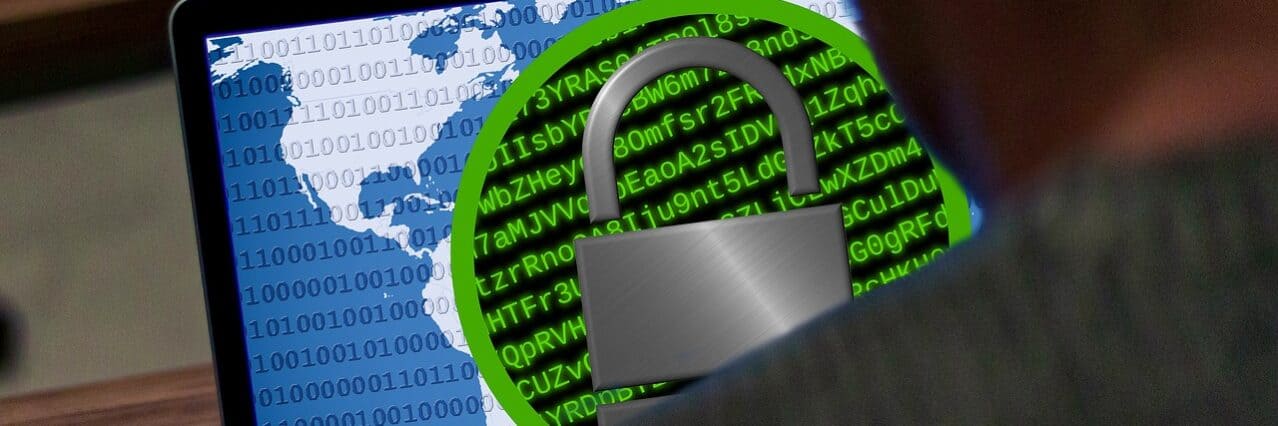Please see the important message below from Smartdesc’s Managed Security team.
It has been a busy weekend – you will likely have read about the major malware attack on the NHS and other computer networks. The malware in question is ransomware called ‘Wannacry’. Its purpose is to encrypt files and then demand a ransom for their return. It is spread mostly through fake emails, also known as ‘phishing’ emails.
Keep the IT network safe!
- Look out for phishing (fake) emails.
- Never click on links or open attachments in emails that look suspicious. Also never ‘enable macros’ in documents if asked to.
- If you are not sure, please contact IT by phone or email but do not forward the email.
Learn how to spot a phishing (fake email)
Phishing emails usually have some of the following characteristics:
- They contain very little information – they simply ask you to click a link or open an attachment. Please do not do this!
- They contain spelling errors/grammatical errors.
- They are from someone you don’t know.
- They are from someone you do know, but the email just doesn’t seem right, for example the wrong signature or ‘tone’ of voice in the email.
Further reading on this new malware
Q: What is the new malware “Wannacry”, and why is it dangerous?
A: This ransomware has spread so wide because it exploits a security hole in Microsoft software. There is a patch for this software, however organisations that have not deployed the patch are especially vulnerable.
Q: Is our IT network safe?
A: To date our IT network security measures in place have held up and kept the infection out. The IT team has deployed updated security measures over the weekend and will continue to do so this week.
Thank you all very much for your time. If you have any questions do please let me know.
Regards,
Chris Cranie on behalf of Managed Security team.
Smartdesc Ltd.
Author; Chris Cranie, Director & Strategy Consultant
